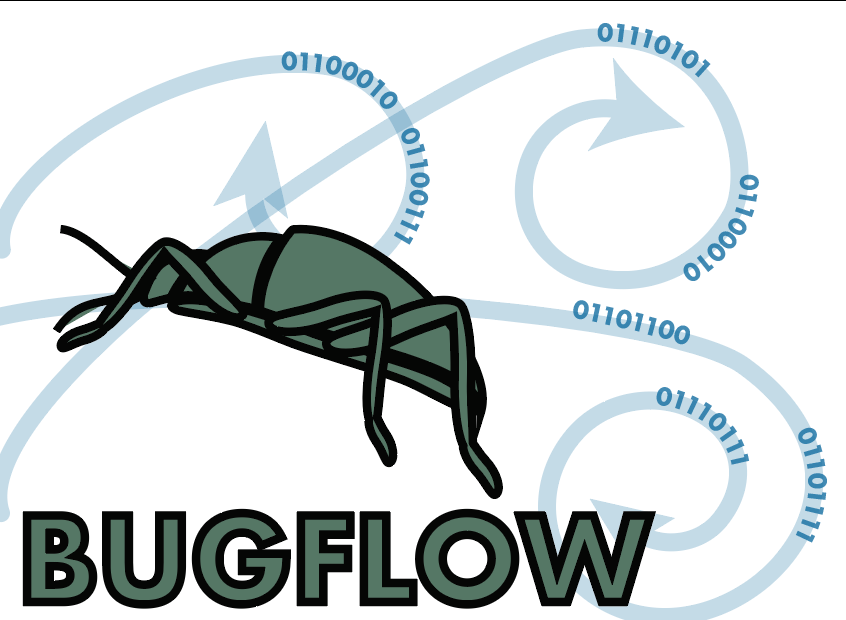Module 2A: Initiating a Digitization Project
Module Purpose:
This module outlines high-level decisions that are necessary to consider before beginning a digitization project, and perhaps even as early as during the funding-seeking stage.
Module Keywords:
Project management, planning
| TaskID | Task Name | Explanations and Comments | Resources |
|---|---|---|---|
| T1 | Perform conservation and curation assessment. | Entomological specimens are among the more fragile of preparation types. Hence, conservation and curation should be at the forefront of all digitization modules, tasks, and activities. In consultation with experts, perform a conservation and curation assessment of the collection. | Trained conservator Institutional conservation plan and policy Collections Assessment for Preservation (CAP) Program Excerise the use of the McGinley (1993) profiling method (developed for determintation of drawer(s) or specimen(s) curation level) |
| T2 | Prepare conservation and curation plan. | In consultation with experts prepare a plan for all other workflow steps, including conservation of both specimens and labels, and curation of collection as a whole. | Trained conservator Institutional conservation plan and policy Collections Assessment for Preservation (CAP) Program |
| T3 | Prepare detailed written protocols outlining institutionally specific workflows for each entomology digitization module expressed herein. | Protocol documents should be distributed to all technicians. Documents should be continuously revised and improved based on input from technicians and collections managers. | Institutional protocols and training documents. |
| T4 | Affix processing labels to collections storage units to facilitate physical tracking. | Collections storage units vary by institution and may include ranges, cabinets, drawers, etc. Some institutions use pre-printed labels, colored tape, or other markers that allow for recording current stage within the digitization workflow. Labels might include check boxes for recording whether a cabinet or drawer has been curated for digitization, imaged, databased, etc. Drawer and cabinet labels may additionally include barcodes or other unique identifiers for use in collections management. This step applies to any point at which workflow progress or status should be tracked or noted. | Row, cabinet, drawer, box labels, etc. |
| T5 | Select and mark specimen-level exemplars to image. | This task might be accomplished at various stages, including pre- digitization curation, image capture, or data capture. The precise point at which it is accomplished should be selected to minimize specimen handling and should be governed by policies instituted in T6. Criteria to be considered in exemplar selection include: (1) representation of sexes; (2) varying geography, locality, or collecting event; (3) representative polymorphic features per population or collecting event; (4) specimen quality (to include good positioning, no missing parts, etc.); (5) outliers and oddities. | Institutional guidelines. |
| T6 | Select/prioritize material to be digitized. | Prioritization goals vary. Example selection criteria include taxonomy, geography, project, collecting event, etc. As part of Module 0, this step involves global decisions establishing an overall plan for collections digitization, as opposed to day-to- day decisions. Global policy decisions might include rules regarding specimen selection (T5), percentages of drawers to be imaged and/or databased, whether digitization will follow a project-based plan or proceed from the first cabinet to the last, etc. This step includes global prioritization guidelines for whole-drawer imaging. | Institutional policy, project guidelines, active research criteria, etc. |
| T7 | Populate database with authority files. | Create, locate, Identify, import, and use vetted authority files where available, including authority files local to the institution, to include those for collector names, geography, localities, and taxonomic catalogs by specialists (e.g. resources from SpeciesFile, Scratchpads, iDigBio, and others). Targeted catalogs should correlate with material prioritized for digitization in T6. | Online and printed catalogs Colleagues Lists prepared by specialists Taxon name lists iDigBio |
| T8 | Alert data entry technicians to label peculiarities. | School data technicians on particular label characteristics peculiar to the collection, including peculiarities of handwriting or frequent occurrence of cryptic notations made by major collectors or identifiers/describers represented in the collection. | |
| T9 | Provide data entry technicians with test datasets from known canonical test records and compare with resulting data keying. | Data entry personnel are presented with images or specimens for which the correct transcription is known, and their transcription is compared to the correct version for feedback, training, and technician selection. |
Essential Training:
See Entomological Collections Training page with list of potential trainings that may be needed digitization projects
Module Metrics, Costing, and Reporting:
Define metrics that can be measured to assess success of workflows using this module (reference specific TaskIDs).
Outreach Opportunities:
- Images can be used for community transcription outreach efforts. E.g. TPT Notes from Nature, DigiVol, Smithsonian Digital Volunteers
- Images can be used for various social media campaigns highlighting interesting and unique specimens in the museum
Exemplar Workflows:
Imaging
- TaxonWorks: Label and low-res staged image photography workflow
- Tutorials on photo stacking using the MacropodPro system and compound scope lenses can be found here
- Video tutorial on Leica compound microscope use here
Transcription/databases
- UMMZI transcription into Specify7
- Other Specify database help tutorials
Discussion:
Information about potential digitization funding from the NSF Thematic Network Collections program can be found here
Best Practices & Standards:
See BugFlow page here.
